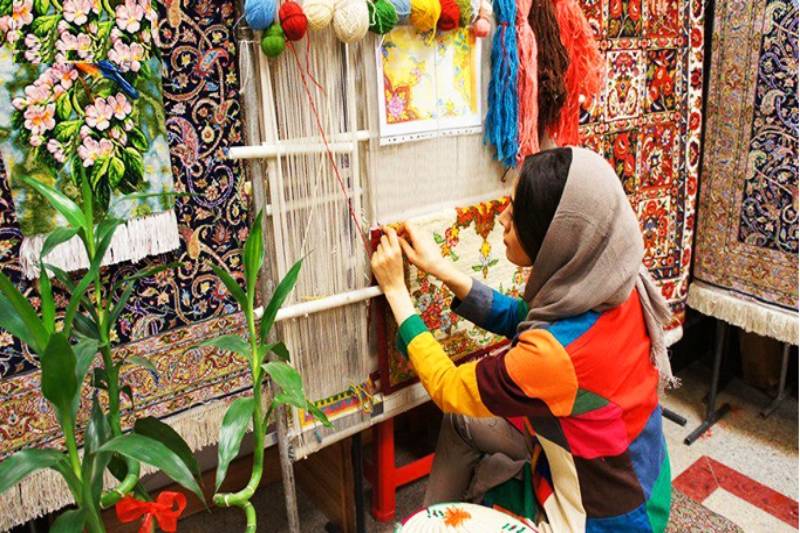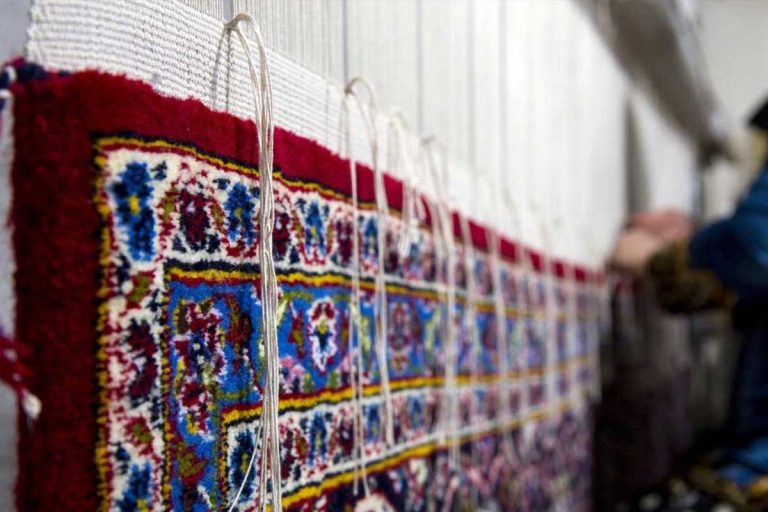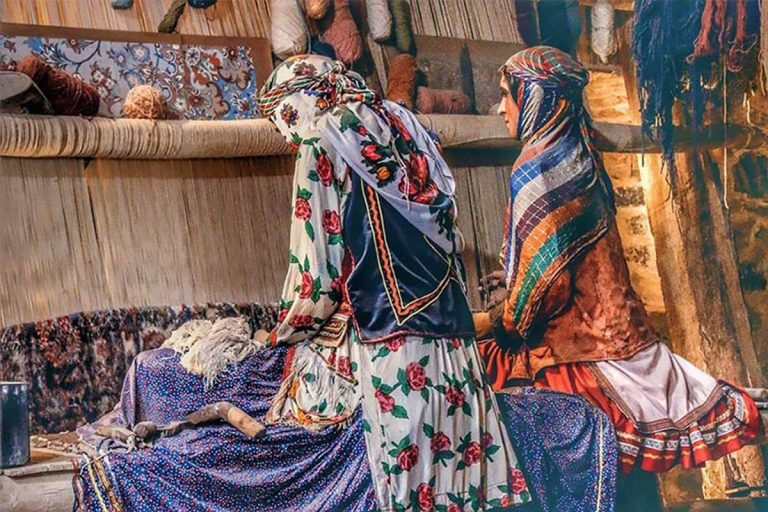
We do not have exact information about the origin of carpets; however, the antiquities and artifacts discovered makes it certain that carpet weaving is rooted in arts such as basket weaving, mat weaving, felt carpet weaving, zillow weaving, jajim and rug weaving. The first carpets had simple broken designs woven according to the weavers’ mind and were mostly produced to meet the needs, but modern carpets are evolutions of those carpets.
In the case of the carpet weaving origion, until the beginning of the last century, researchers had concluded that the carpet weaving was first started in a meta-Egyptian civilization. This theory evidence was mostly theoretical and oral. However, with the discovery of the Pazyryk carpet in 1949 by Professor Rodenko, the above theories changed and following the discovery of a tangible example, the carpet weaving origine shifted from the Nile, Tigris and Euphrates coasts to Central Asia with Iran proved to be the cradle of carpet weaving.
History of carpet weaving in pre-Islamic Iran
There is no exact information about this art in the Sassanid period. The most famous carpet woven in this period is the famous Baharestan carpet that was woven for Khosrow Anoshirvan. The dimensions of this zarbaft carpet were 450 × 90 feet and its design represented the four seasons of the year.

History of carpet weaving in post-Islamic Iran
Historicaly, after the conquest of Iran by the Arabs, Sa’d, one of the commanders of the Islamic Corps, sent it to Medina to be dismembered and divided among the Muslims. With the advent of Islam and according to the Islamic orders based on asceticism and the lack of interest of Muslim caliphs in the luxurious lifestyle, this art became largely stagnant. However, it regained its former importance gradually with the Abbasid caliphs coming to power who cared about luxuries like Persian kings. The history of Mas’udi reads that al-Mustanṣir, the Abbasid Caliph, had carpets illustrated with human figures with Persian inscriptions.
The book Hudood Al-Alam mentions the weavings of Sistan and Bukhara and Persian rugs. According to Moghadasi, the Arab tourist, Ghainat was known as the weaving of rugs. Yaghoot Hamavi, a seventh-century historian, makes references to Azerbaijani carpets in his book “Moajam Al-Baldan”, and the great poet Khaghani also referred to Marand carpets in his poems. In his travelogue from Khormousi to Isfahan, Ibn Battuta mentions that green carpets were spread on his way in Dizaj and Izeh.
According to Ibn Khaldun, Tabarestan exported carpets and Gilan exported Sajjada carpets, and in addition to the annual tax, Tabarestan sent six hundred carpets to the court of the caliphs of Baghdad.
Regarding the carpet weaving industry in the Timurid period, it can be said that the carpet weaving has developed due to Shahrokh’s interest in the work of art and the artists of this industry at this time.

However, considering the excellent examples left from the Safavid era, it should be said that the peak of the Iranian carpet industry flourished during the Safavid era. Shah Tahmasb, one of the Safavid kings who also designed carpets, gathered great artists in Tabriz and helped them to progress in their work. During the reign of Shah Abbas, this art flourished significantly.
Shah Abbas established a workshop in Isfahan and in this workshop exquisite carpets were woven for the court and the development of carpet weaving reached such a level that this art became one of the economic resources. Also, workshops were established by his order in Mashhad, Kashan, Shirvan, Qarabagh, Astarabad and Gilan and exquisite carpets such as Ardabil, Chelsea and many other exquisite carpets that adorn many museums around the world belong to this period. The Iranian carpet weaving industry, which had reached perfection in the fifteenth and sixteenth centuries (Safavid era), declined and weakened with the Qajar dynasty, and since then it could no longer find its glory. After that, carpet weaving became widespread in the form of machine-made carpets, You can also read the article about Kashan machine-made carpet.
